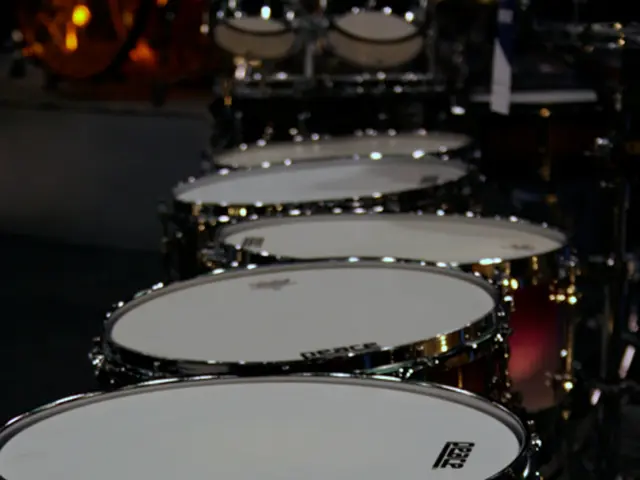Background Radiation from the Cosmos
The Cosmic Microwave Background Radiation (CMBR) is a fascinating relic of the Big Bang, a discovery that has revolutionized our understanding of the universe's origins. This faint glow of electromagnetic radiation, first observed by American radio astronomers Arno Penzias and Robert Wilson in 1964, has been traveling through space for billions of years.
Known as "the baby picture of the universe," the CMBR provides a snapshot of the universe when it was only 380,000 years old. It is composed of photons, the fundamental particles of light, and exhibits a blackbody spectrum, a key prediction of the Big Bang model. This spectrum, along with the CMBR's uniformity and isotropy, has made it one of the most important pieces of evidence in support of the Big Bang model.
The Wilkinson Microwave Anisotropy Probe (WMAP) and the Planck space telescope have mapped the CMBR with unprecedented accuracy, revealing the subtle variations in its temperature across the sky. These variations provide crucial information about the structure of the early universe, offering insights into the distribution of matter and energy during the Big Bang.
The Nobel Prize in Physics has been awarded twice for work on the CMBR. Arno Penzias and Robert Wilson received the prize in 1978 for their discovery of this radiation, while John C. Mather and George F. Smoot were honoured in 2006 for their detailed measurements and research on its properties.
However, not everyone agrees that the CMBR is definitive proof of the Big Bang. Some proponents of the Electric Universe theory argue that the CMBR is not evidence of the Big Bang, but rather a product of the interaction of cosmic rays with the Earth's atmosphere. Regardless, the CMBR remains a cornerstone of modern cosmology, a testament to the power of scientific discovery, and a fascinating glimpse into the universe's past.
In conclusion, the Cosmic Microwave Background Radiation is a vital piece of evidence supporting the Big Bang model. Its discovery has opened a new window into the universe's early history, offering insights into the distribution of matter and energy during the Big Bang and providing a snapshot of the universe when it was only 380,000 years old. The ongoing study of the CMBR continues to shape our understanding of the cosmos and its origins.








